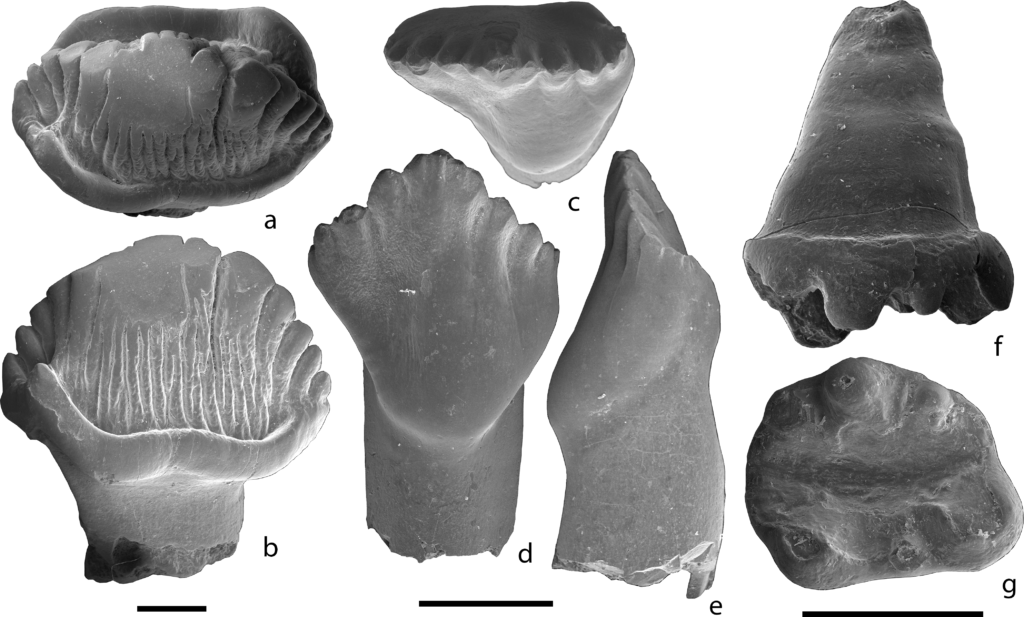@WFS,World Fossil Society,Riffin T Sajeev,Russel T Sajeev
A high-latitude fauna of mid-Mesozoic mammals from Yakutia, Russia
The Early Cretaceous (?Berriasian-Barremian) Teete vertebrate locality in Western Yakutia, East Siberia, Russia, has produced mammal remains that are attributed to three taxa: Eleutherodontidae indet. cf. Sineleutherus sp. (Haramiyida; an upper molariform tooth), Khorotherium yakutensis gen. et sp. nov. (Tegotheriidae, Docodonta; maxillary fragment with three molariform teeth and dentary fragment with one molariform tooth), and Sangarotherium aquilonium gen. et sp. nov. (Eutriconodonta incertae sedis; dentary fragment with one erupted molariform tooth and one tooth in crypt). This is the second occurrence of Mesozoic mammals in high latitudes (paleolatitude estimate N 63–70°) of the Northern Hemisphere. In spite of the presumed Early Cretaceous age based on freshwater mollusks, the Teete mammal assemblage has a distinctive Jurassic appearance, being most similar to the Middle-Late Jurassic mammal assemblages known from Siberia, Russia and Xinjiang, China. The smooth transition from Jurassic to Cretaceous biota in Northern Asia is best explained by stable environmental conditions.

Teeth of Stegosauria indet.
(a, b), Ornithischia indet. (c-e), and Eleutherodontidae indet. cf. Sineleutherus sp. (f, g). a, b, ZIN PH 1/246, in occlusal (a) and labial or lingual (b) views. c-e, ZIN PH 2/246, in occlusal (c), lingual (d), and mesial or distal (e) views. f, g, PIN 5614/4, left upper molariform tooth, in labial (f) and occlusal (g) views. Scale bars equal 1 mm.
Citation: Averianov A, Martin T, Lopatin A, Skutschas P, Schellhorn R, Kolosov P, et al. (2018) A high-latitude fauna of mid-Mesozoic mammals from Yakutia, Russia. PLoS ONE 13(7): e0199983. https://doi.org/10.1371/journal.pone.0199983
Editor: Anthony Fiorillo, Perot Museum of Nature and Science, UNITED STATES



 November 23rd, 2019
November 23rd, 2019  Riffin
Riffin  Posted in
Posted in  Tags:
Tags: 